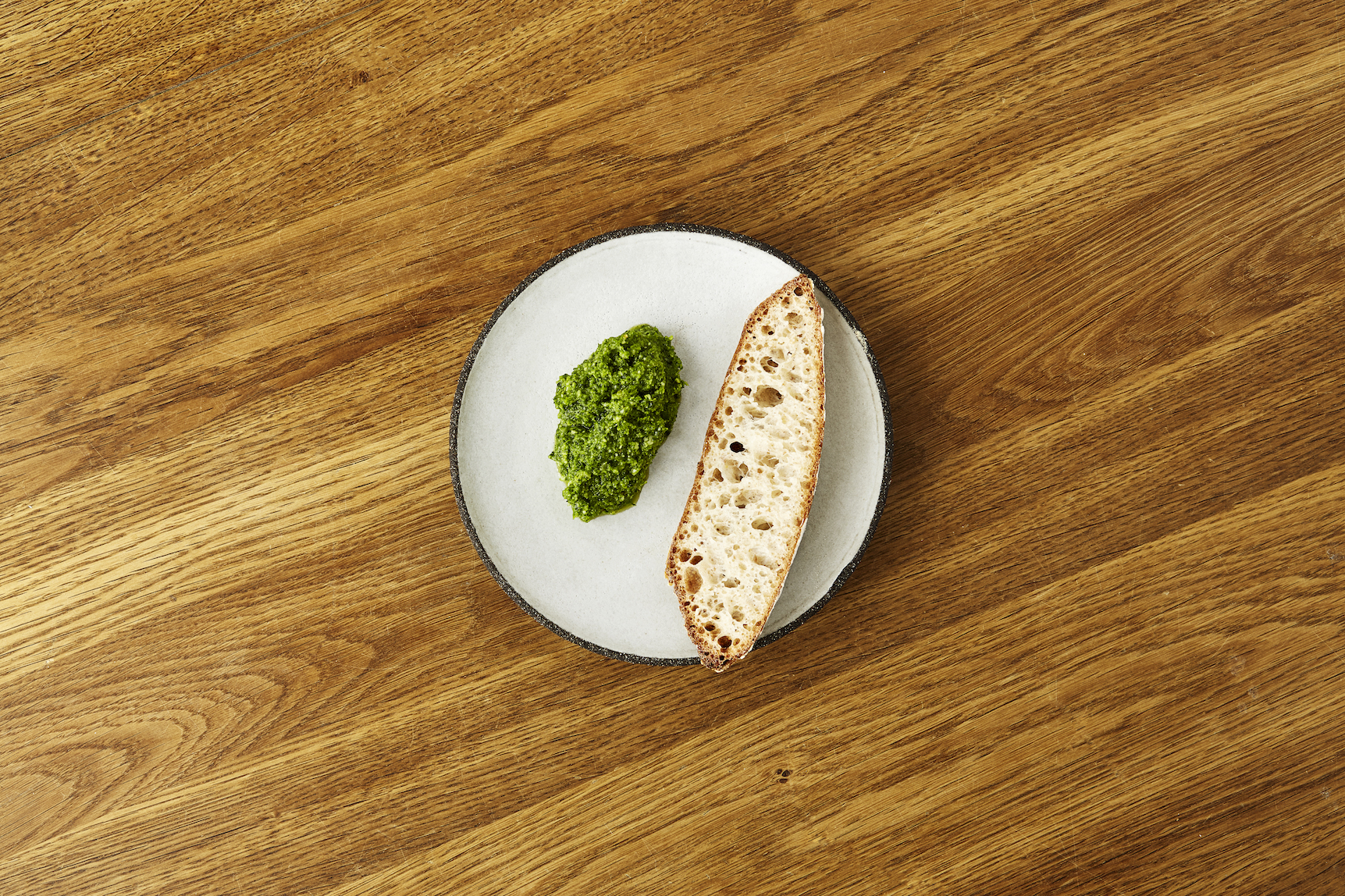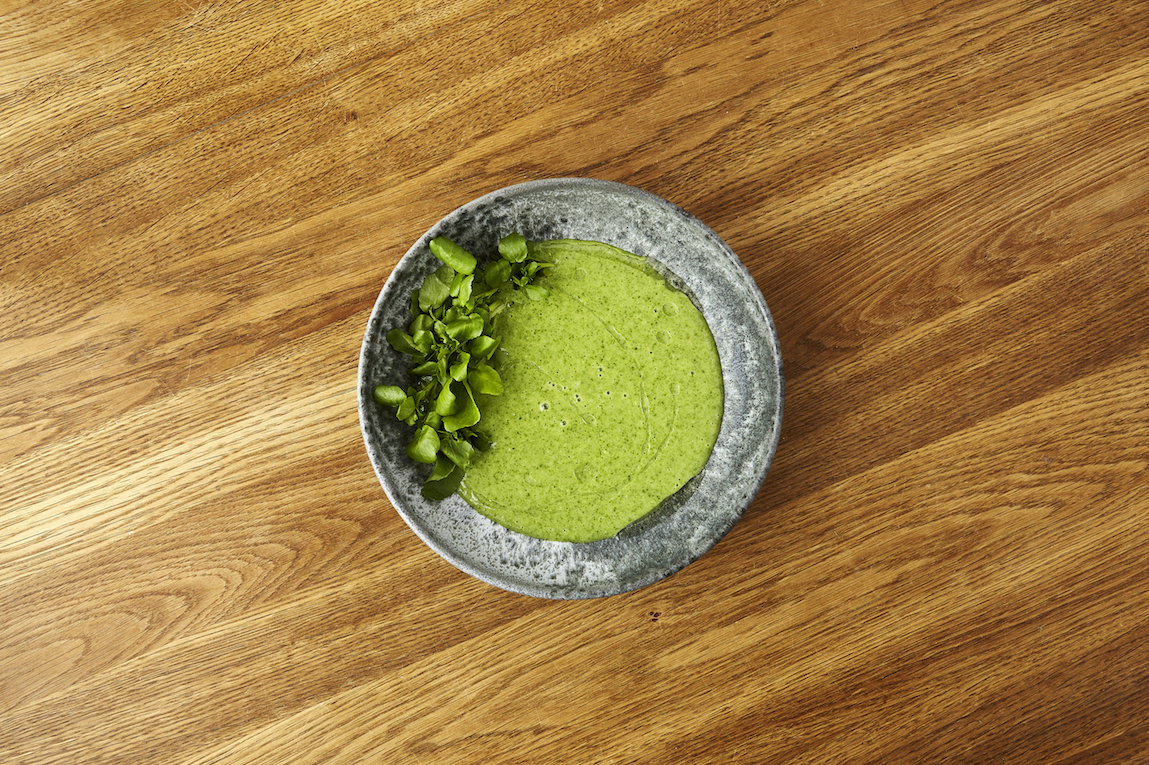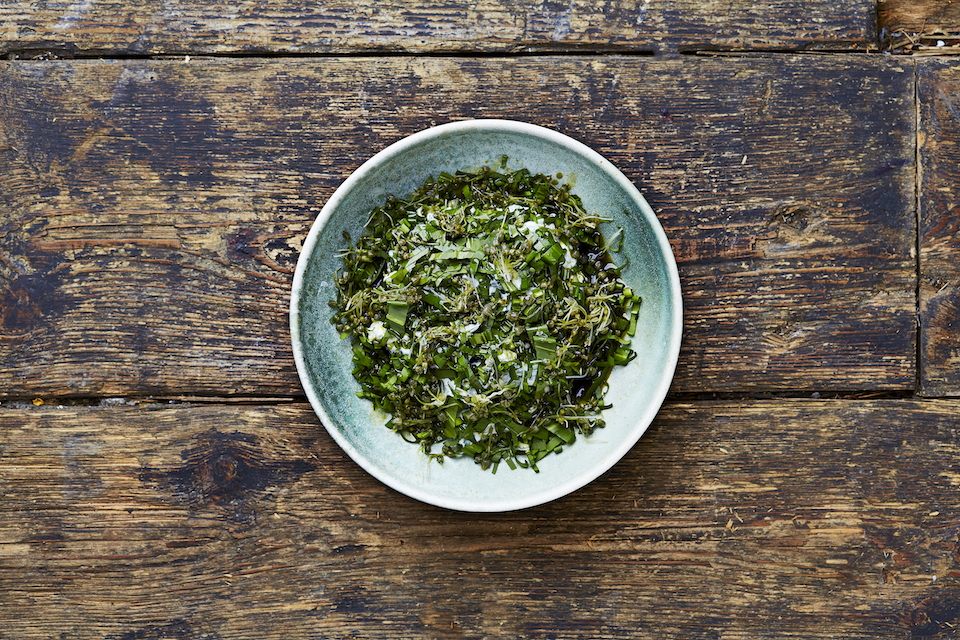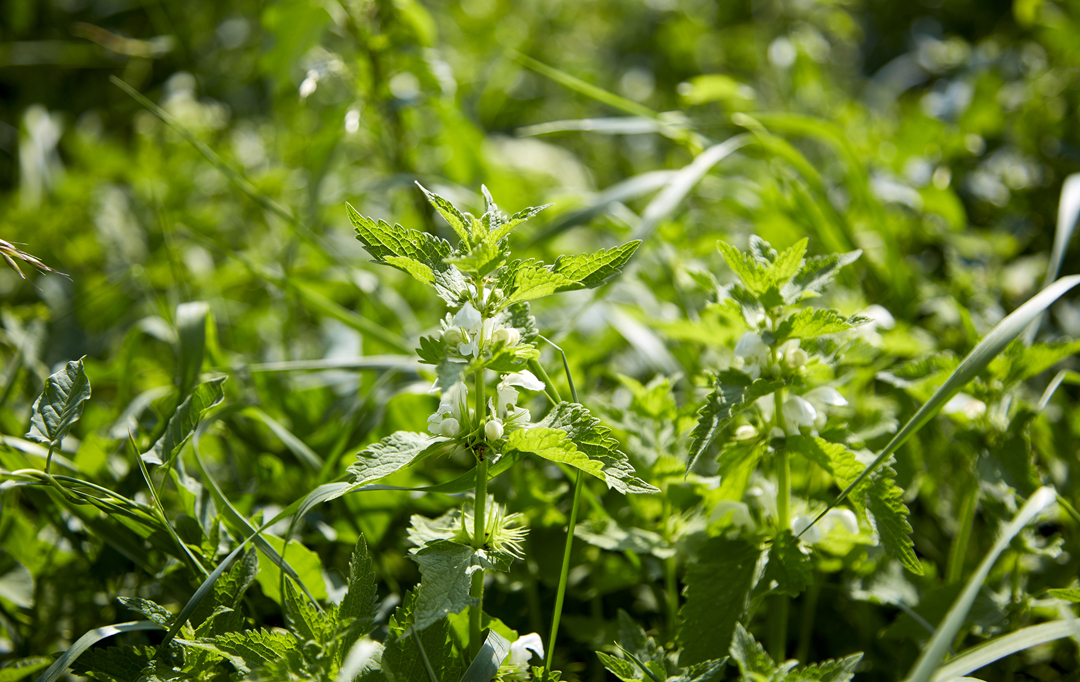
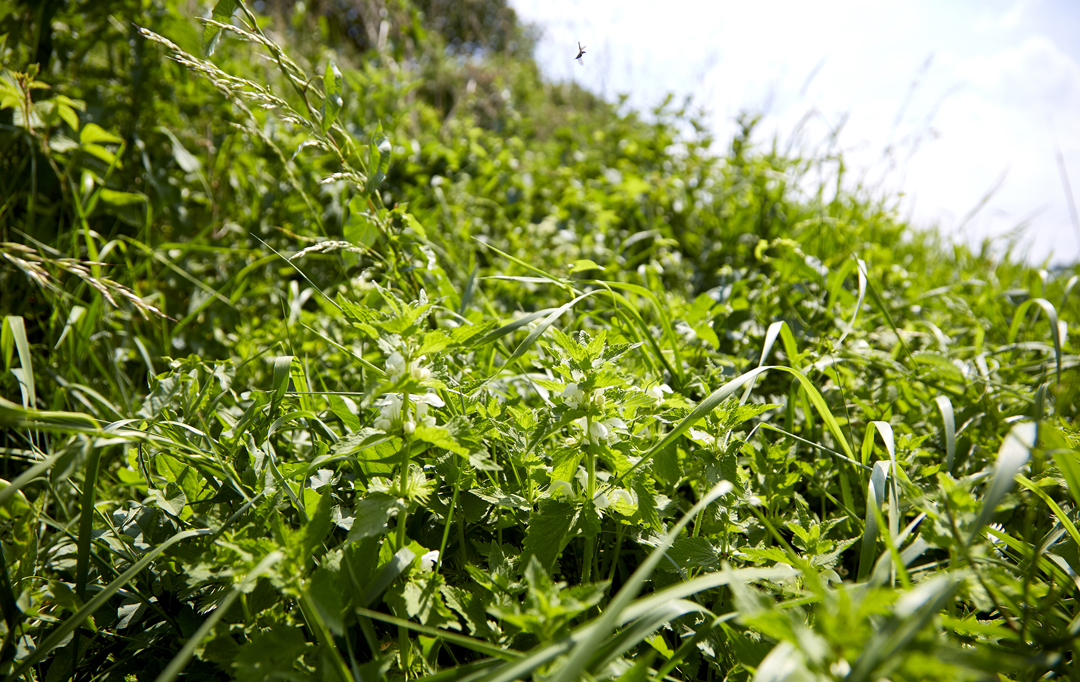
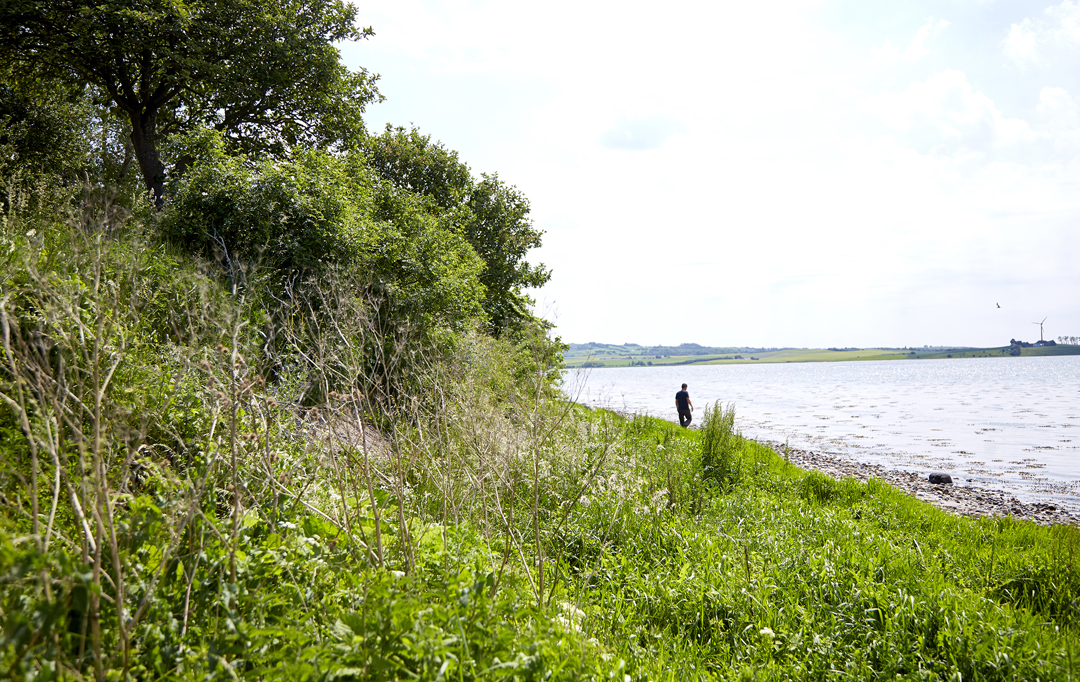
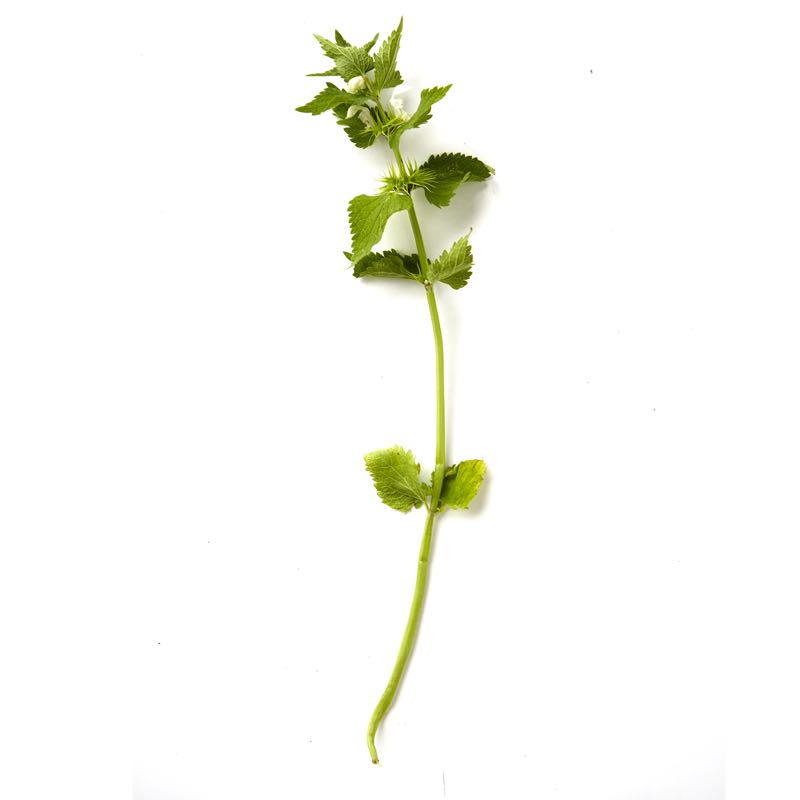
White Dead-nettle
Unlike its cousin the stinging nettle, the harmless white dead-nettle won't hurt you. It is a very common herb that you can pick in copious amounts. It tastes slightly like pistachios, and its white flowers can liven up even the dullest of dishes.
-
Where to Find It
White dead-nettle prefers areas with nutrient-rich soil, like roadsides, the edge of woods, pastures, parks, and gardens. It likes to grow where there is little or no cloud coverage, which is why you'll find it at the edge of green spaces with plenty of sunlight. White dead-nettles grow socially—that is, with other herbs, including common nettles. Sometimes you will find them in colonies that completely cover a small area.
Salt marshes, coniferous forests, deciduous forests, towns, hedges, roadsides, grasslands.
-
When to Find It
You can pick white dead-nettles from April until July.
The entire plant or its leaves: April, May, June, July.
-
How to Spot It
White dead-nettles have a sharp, square stem, serrated leaves that look like spears and small, white flowers. The flowers grow under the leaves in small rings around the stem, and look like small white bonnets or like angels unfurling their wings. The plant most closely resembles stinging nettles, but without the small, stinging hairs on its leaves. White dead-nettles can reach lengths of 50 cm, and creep along the ground as they grow.
-
How to Pick It
You can use just about all of the young plant in spring, but as the season continues, the leaves and the top 15 cm of the stem will be the most interesting and delicious. Clip back old nettles to allow new shoots to grow, and you’ll have tender nettles until fall. Use a knife or scissors to collect the top shoots, and always wear gloves, since white dead-nettles often mix indiscriminately with the stinging kind.
-
NB!
The Ministry of Environment and Food of Denmark recommend limited consumption as the amount of verbascoside cannot be estimated due to limited studies.
Risk of misidentifying the plant
There is no risk of mistaking the plant for another dangerous or undesirable plant.


